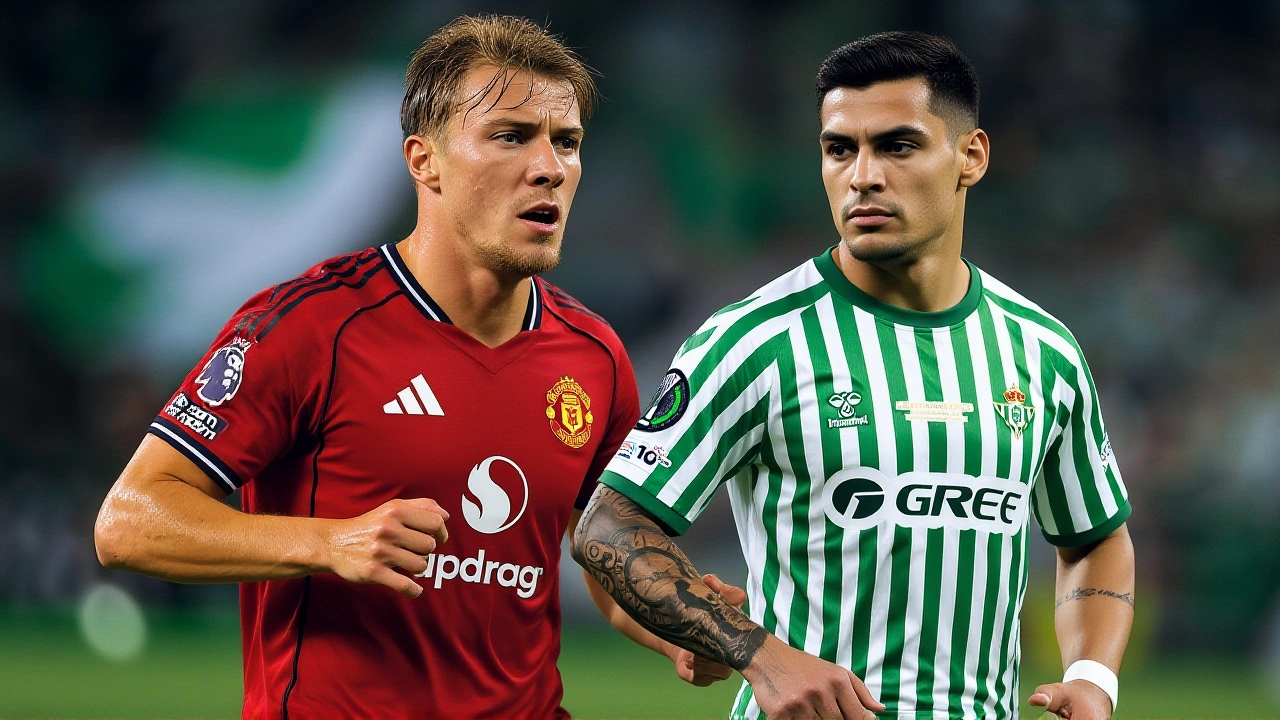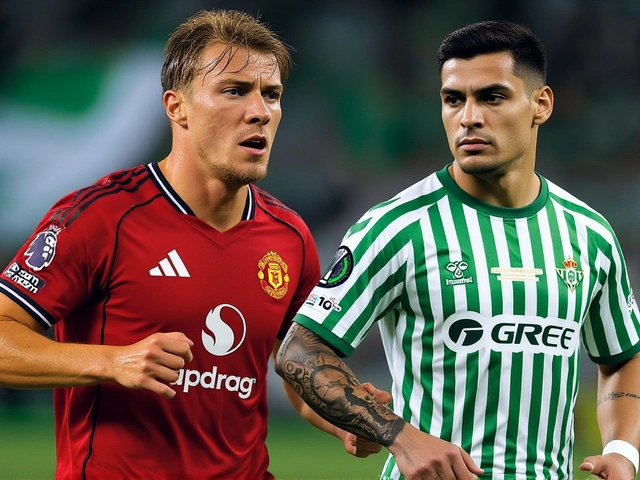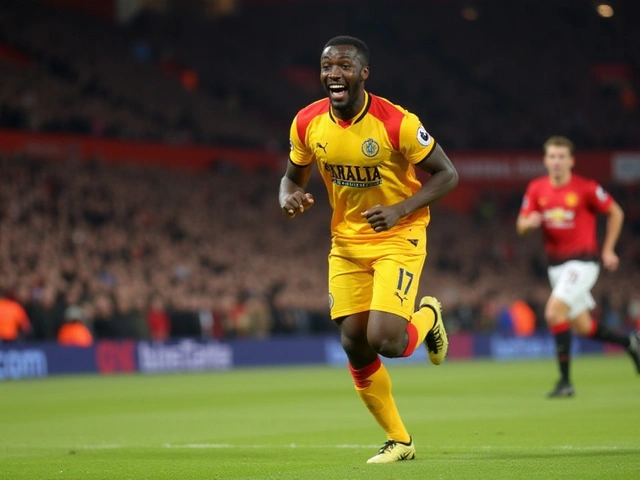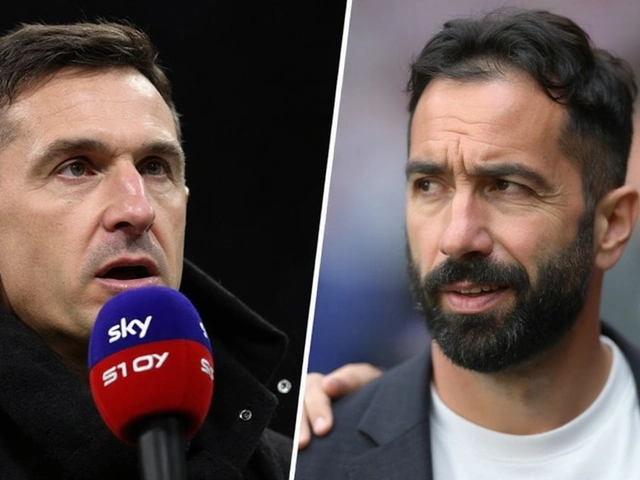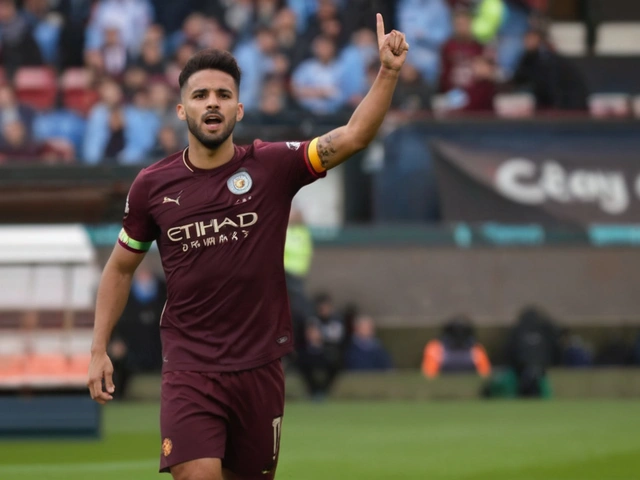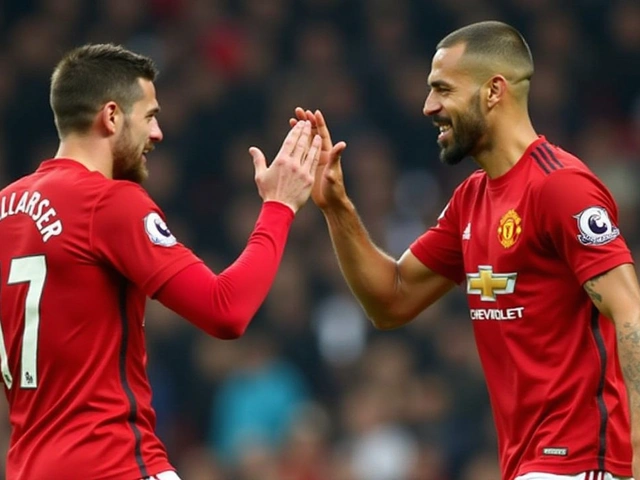When Manchester United announced a sweeping summer overhaul, Ruben Amorim, the club’s newly‑appointed manager, made it clear the era of high‑priced misfires was over. The deadline‑day frenzy on September 1, 2025 saw Brazilian winger Antony head to Real Betis on a permanent deal, Danish striker Rasmus Hojlund sail to Napoli on loan, and England’s prodigy Jadon Sancho bid farewell to Old Trafford. To fill the void, Belgian keeper Senne Lammens arrived from Royal Antwerp just before the market shut. transfer clearout summed up a night that will be discussed in boardrooms for months.
Background to the Summer Overhaul
Manchester United’s transfer saga began in earnest after a turbulent 2024‑25 season that left the club rooted ninth in the Premier League. The arrival of Amorim in July 2025 was meant to inject fresh tactics, but his early press conference revealed a reality check: “We have to stop chasing big names that don’t fit.” The club had already sunk roughly €200 million on three forwards – Matheus Cunha from Wolves, Bryan Mbeumo from Brentford, and Benjamin Šeško from RB Leipzig – setting a high bar for immediate impact.
Fans still remember the hope that followed the €82 million signing of Antony from Ajax in 2022. The Brazilian scored in his first three league outings, yet his tally stalled at five goals in 62 Premier League appearances. Meanwhile, Hojlund’s £64 million move from Atalanta in 2023 seemed promising until a 21‑game goal drought haunted his final season.
Key Departures and Their Implications
Antony’s permanent switch to Real Betis was the headline. Negotiations, which kicked off on August 12, 2025, intensified after his loan spell in Andalusia saw him net nine goals and help the club reach the Europa Conference League final. A deal was sealed on August 26, 2025, with United agreeing to a fee that recouped roughly half of the original outlay – a modest win in accounting terms.
Rasmus Hojlund’s loan to Napoli was finalized on deadline day after United informed him three weeks earlier that they would entertain offers. The Danish forward, who logged 26 goals in 95 United appearances, expressed disappointment: “I wanted to stay, but the manager made his decision clear.” Amorim’s reasoning was blunt – the striker no longer fit a system that now features Cunha, Mbeumo and Šeško as the primary attacking trio.
Sancho’s exit was perhaps the most emotionally charged. After speculation linking him to Roma – complete with a video call between the player and club officials – United confirmed his departure on September 1. The club did not disclose the fee, but estimates suggest a loss north of £40 million when wages and amortisation are factored in.
Other notable exits included the retirement of veteran Jonny Evans, who immediately took up the newly created “head of loans and pathways” role, and the free‑transfer departure of Christian Eriksen to Wolfsburg. Goalkeeper Tom Heaton secured a one‑year extension, underscoring United’s desire for continuity at the back.
New Arrivals and Squad Rebuilding
While the exits grabbed headlines, the arrivals quietly reshaped the roster. Matheus Cunha, signed for €45 million, became the first marquee signing under Amorim. His versatility, able to play across the front line, matches the manager’s fluid 4‑2‑3‑1 vision. Shortly after, Belgian keeper Senne Lammens, a 1994‑born prospect, joined on a three‑year deal, providing competition to the aging David de Gea.
Diego Leon, plucked from Paraguayan side Cerro Porteño, added depth on the wings, while Enzo Kana‑Biyik signed on a free from Le Havre before being loaned to Lausanne‑Sport for regular minutes. Bryan Mbeumo, arriving for £30 million, brings pace and a proven Premier League record, and Benjamin Šeško’s €85 million transfer from Leipzig signals United’s intent to dominate aerially and in set‑piece situations.
Several academy products – Harry Amass, Toby Collyer and Ethan Wheatley – were dispatched on season‑long loans to lower‑division clubs, a move Amorim praised as “essential for nurturing the next generation.”
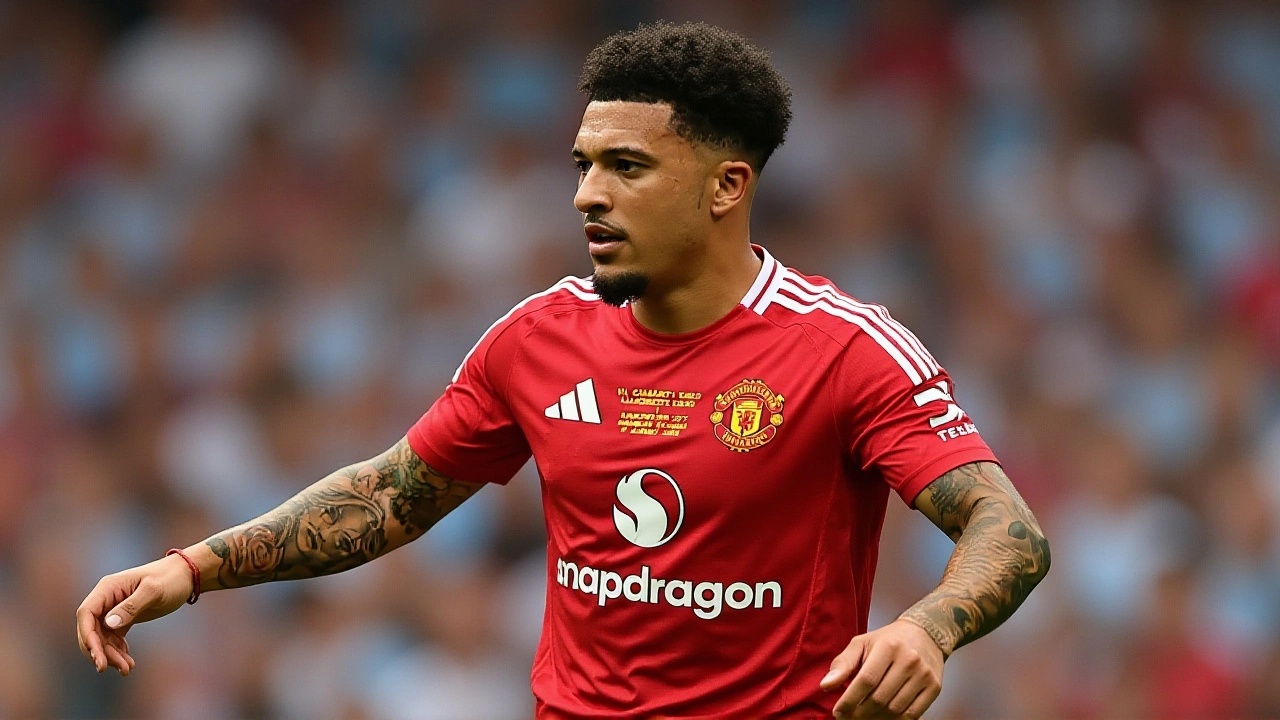
Financial and Strategic Impact
From a balance‑sheet perspective, United’s summer activity likely results in a net loss of around £120 million when you combine the write‑downs on Antony, Hojlund and Sancho with the outlays for new signings. However, Amorim argues the long‑term benefit outweighs the short‑term hit. “We’re building a squad that reflects our style, not just our spending power,” he told reporters at Old Trafford on September 2.
Market analysts note that the club’s willingness to cut ties with underperforming assets could improve its negotiating position in future windows. By freeing up roughly £150 million in wages, United can now allocate resources to retain core talents like Marcus Rashford (who, contrary to earlier rumors, stayed at the club) and to invest in scouting networks across Africa and South America.
What Lies Ahead for United
The upcoming season will be a real litmus test. United opens the campaign against Fiorentina in the Snapdragon Cup, a match many see as the first showcase for the new attacking unit. If Cunha, Mbeumo and Šeško click, the club could realistically target a top‑four finish – a goal that seemed distant just twelve months ago.
Fans should also keep an eye on the development of the loaned youngsters. A strong performance in the Championship could force Amorim to integrate fresh talent sooner rather than later, further cementing his philosophy of home‑grown integration.
Frequently Asked Questions
How will Antony’s departure affect United’s wing play?
Antony’s exit removes a player accustomed to cutting inside from the right flank. United will likely rely more on Bryan Mbeumo’s pace and Matheus Cunha’s ability to drift wide, meaning the team may adopt a more balanced attack rather than a single‑focused wing strategy.
What financial risk did United take with the new forwards?
Investing over €150 million in Cunha, Mbeumo and Šeško is a gamble if they fail to adapt to the Premier League’s physicality. However, their contracts are structured with performance‑based clauses, limiting long‑term liability should expectations not be met.
Why did United choose a loan for Hojlund instead of a permanent sale?
A loan to Napoli gives United a chance to showcase Hojlund’s abilities in Serie A, potentially raising his market value. It also provides flexibility – if he thrives, United could negotiate a higher fee later; if not, they retain the option to bring him back.
What role will Senne Lammens play at Old Trafford?
Lammens arrives as a long‑term prospect. He will challenge David de Gea for the starting spot, pushing both to raise their standards. In the short term, he’s expected to feature in cup matches while learning the Premier League’s pace.
How does this clearout reflect Amorim’s broader vision?
Amorim aims to build a squad that mirrors his high‑pressing, fluid style. By shedding players who didn’t fit that mold and recruiting versatile forwards, he’s laying the groundwork for a cohesive unit that can compete both domestically and in Europe.

